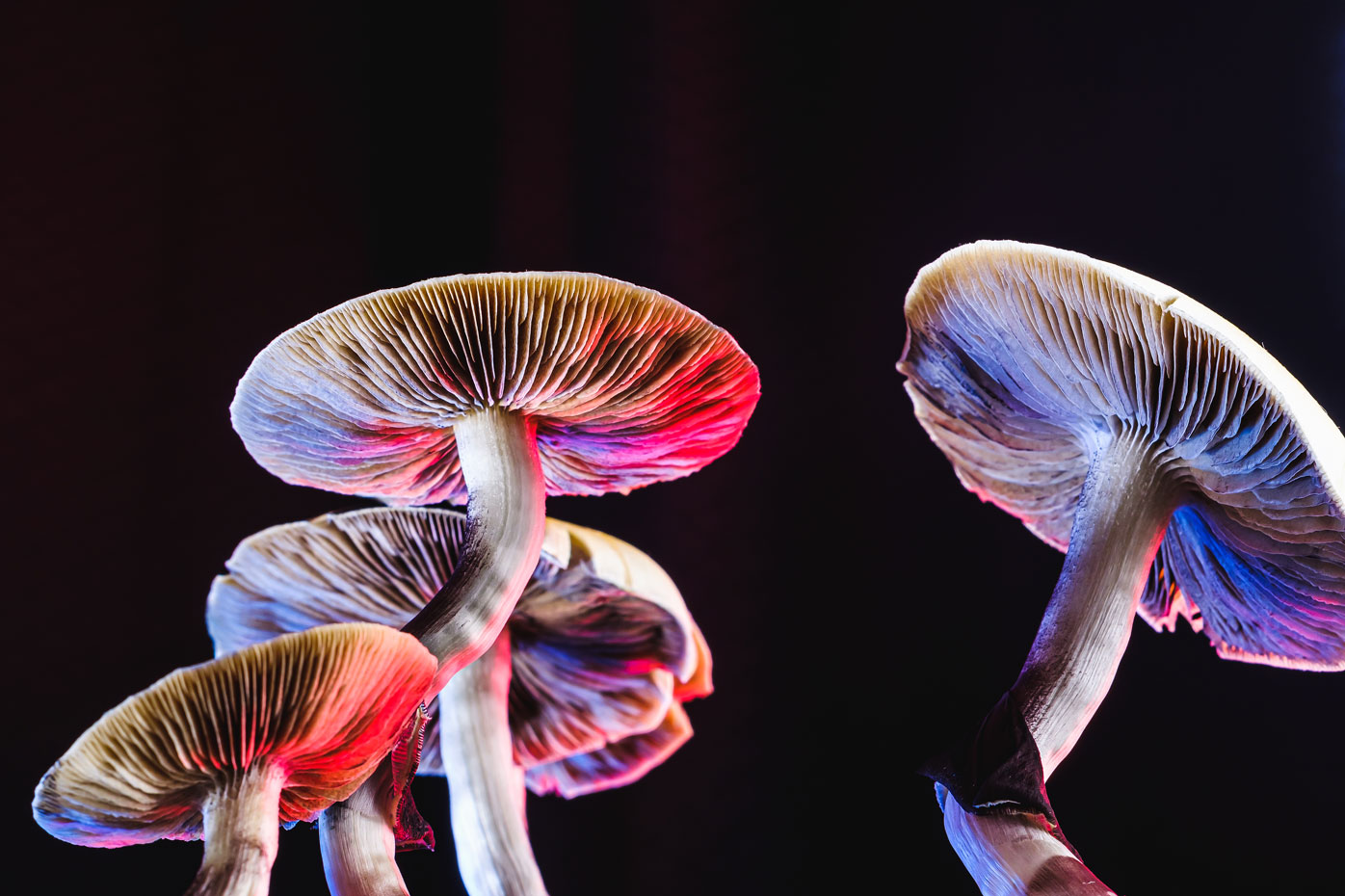All Concerning Psychotomimetic Compounds: Their Function in Psychological Study
Psychotomimetic compounds, such as LSD and psilocybin, have actually amassed enhancing passion in psychological study for their capability to reproduce psychotic symptoms and offer understanding right into various psychological wellness disorders. Their interactions within the brain, especially via serotonin and dopamine pathways, suggest a complicated partnership in between consciousness and neurobiology that may unlock unique therapeutic avenues. As researchers continue to explore their potential applications, honest factors to consider surrounding their usage in medical settings end up being vital, increasing crucial questions regarding safety and security and notified approval that require further expedition.
Meaning of Psychotomimetic Substances
In the world of mental research study, psychotomimetic compounds are compounds that can cause results appearing like those of psychosis, such as hallucinations, deceptions, and transformed assumptions of fact - About Golden Psycho. These substances can be identified right into different classifications, including hallucinogens, dissociatives, and certain stimulants, each generating distinctive emotional impacts
The pharmacological action of psychotomimetic compounds commonly includes modulation of neurotransmitter systems, particularly those related to serotonin, dopamine, and glutamate. For example, substances like lysergic acid diethylamide (LSD) primarily act on serotonin receptors, bring about extensive modifications in sensory understanding and cognition.
The utility of psychotomimetics in research depends on their capability to imitate psychotic symptoms, giving a version for comprehending the underlying devices of psychotic conditions such as schizophrenia. By studying the results of these compounds, researchers can get insights right into the neurobiological and mental procedures that add to psychosis.
In addition, psychotomimetic substances have been checked out for their therapeutic possibility in treating various mental health problems, including clinical depression and anxiety, highlighting their twin function in both study and potential professional applications.
Historical Growth and Context
The exploration of psychotomimetic substances has a rich historical context that goes back to ancient people, where substances such as psilocybin mushrooms and peyote were used in spiritual and recovery practices. These early usages commonly linked with religious routines, recommending a profound respect for the transformed states of consciousness caused by these substances.
The mid-20th century marked a substantial transition in the research of psychotomimetic substances, especially with the synthesis of LSD by Albert Hofmann in 1938. The succeeding popularization of LSD in the 1960s militarized a wave of interest in both its mental results and potential therapeutic applications. Researchers started to explore how these substances could simulate psychotic states, giving insights into mental disease.
Nonetheless, the enhancing organization of psychotomimetics with counterculture activities led to regulative reaction, finishing in the criminalization of several of these substances. Despite these difficulties, the renewal of passion in the healing potential of psychedelics in the 21st century has prompted renewed research study. This historic trajectory emphasizes the evolving perception of psychotomimetic compounds, transforming from spiritual materials to subjects of scientific inquiry and, potentially, restorative assurance.
Devices of Activity
Recognizing the systems of action of psychotomimetic substances discloses the detailed means these materials engage with the mind's neurochemistry. These substances primarily apply their results through inflection of neurotransmitter systems, particularly serotonin, dopamine, and glutamate.
Along with serotonin, dopaminergic pathways are considerably affected by compounds like mescaline and certain cannabinoids, which can bring about modified states of awareness and modifications in state of mind and motivation. Furthermore, the NMDA receptor enmity observed with compounds like ketamine highlights an additional pathway where psychotomimetics may cause dissociative states and extensive modifications in assumed processes.
The neurochemical cascades launched by these interactions lead to complicated and multifaceted mental results. Understanding these systems is essential for both the advancement of mental study and the therapeutic capacity of psychotomimetic compounds, as they give insights into the underlying neural correlates of modified states of awareness.
Current Study and Applications
Current examinations right into psychotomimetic substances have actually disclosed a rebirth of interest in their therapeutic applications, particularly in the fields of psychiatry and psychology. Researchers have begun exploring materials such as psilocybin, LSD, and ayahuasca for their possible to alleviate symptoms related to various mental health disorders, consisting of clinical depression, anxiousness, and PTSD.
Professional tests have actually demonstrated that, when administered in controlled atmospheres, these substances can assist in extensive mental experiences, promoting emotional developments and improved therapeutic end results. Studies have actually her explanation revealed that psilocybin-assisted therapy can lead to significant decreases in treatment-resistant anxiety, with effects lasting for several months post-treatment.
In addition, psychotomimetic substances are being assessed for their ability to cultivate neuroplasticity, potentially enabling even more effective rewiring of maladaptive idea patterns. These findings suggest that such substances may function as accessories to traditional psychotherapeutic approaches, improving the effectiveness of therapeutic treatments.
As study proceeds, the focus is changing towards recognizing the ideal does, therapeutic setups, and participant characteristics that can optimize the benefits of these substances. This burgeoning area holds promise for reinventing mental health and wellness therapy paradigms and attending to the limitations of standard psychiatric medicines.
Moral Considerations in Research Study

Navigating the moral landscape of research entailing psychotomimetic compounds is crucial to making sure individual security and the honesty of study results. Scientists should focus on informed permission, ensuring that participants completely recognize the prospective dangers and advantages associated with the compounds being researched. This includes offering thorough information regarding feasible psychological effects, including intense and long-term impacts, and enabling individuals the possibility to take out from the study at any moment without charge.
In addition, ethical oversight by institutional review boards (IRBs) is vital. IRBs review study protocols to safeguard participant welfare and maintain moral criteria. This analysis helps mitigate risks and guarantees that research studies are carried out with clinical roughness. In addition, the potential for coercion must be carefully evaluated, especially when click susceptible populations are involved.
Confidentiality is another paramount factor to consider. Scientists need to carry out robust measures to shield participants' identities and information, especially provided the sensitive nature of experiences related to psychotomimetic substances (About Golden Psycho). Eventually, a commitment to ethical techniques not only fosters trust in between researchers and participants however also boosts the credibility and legitimacy of the research study outcomes, adding to the improvement of emotional understanding

Final Thought
Finally, psychotomimetic compounds, especially traditional psychedelics such as LSD and psilocybin, offer significant understandings into mental conditions via their distinct mechanisms of activity. Their restorative potential in dealing with problems like stress and anxiety and PTSD underscores the relevance of continued study in this field. Nevertheless, guaranteeing moral standards in research study practices click to investigate is critical for participant safety and security and notified authorization, enabling for a liable exploration of these substances' benefits and effects within psychological science.